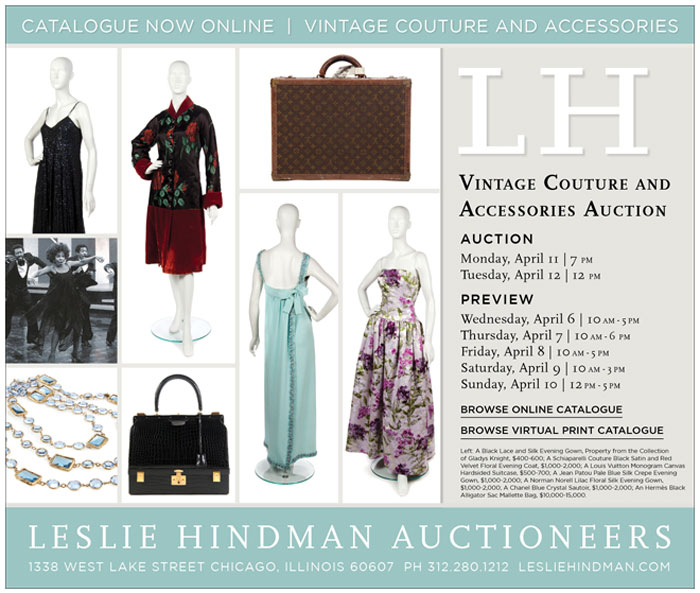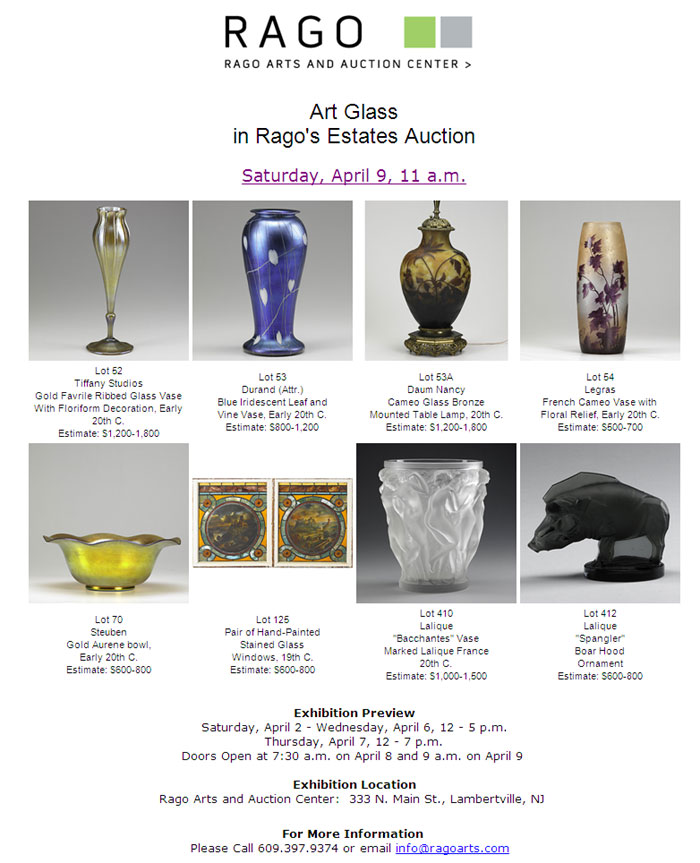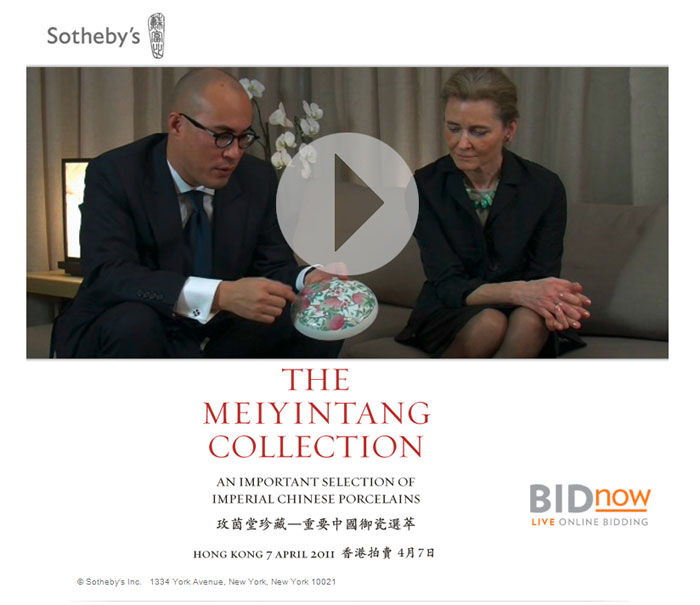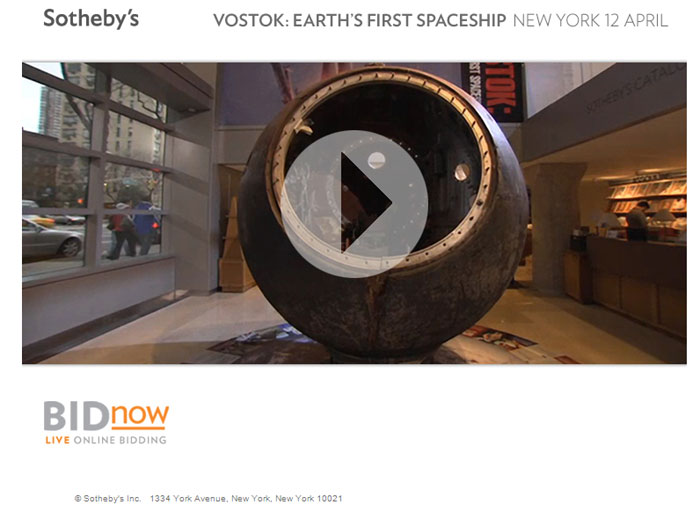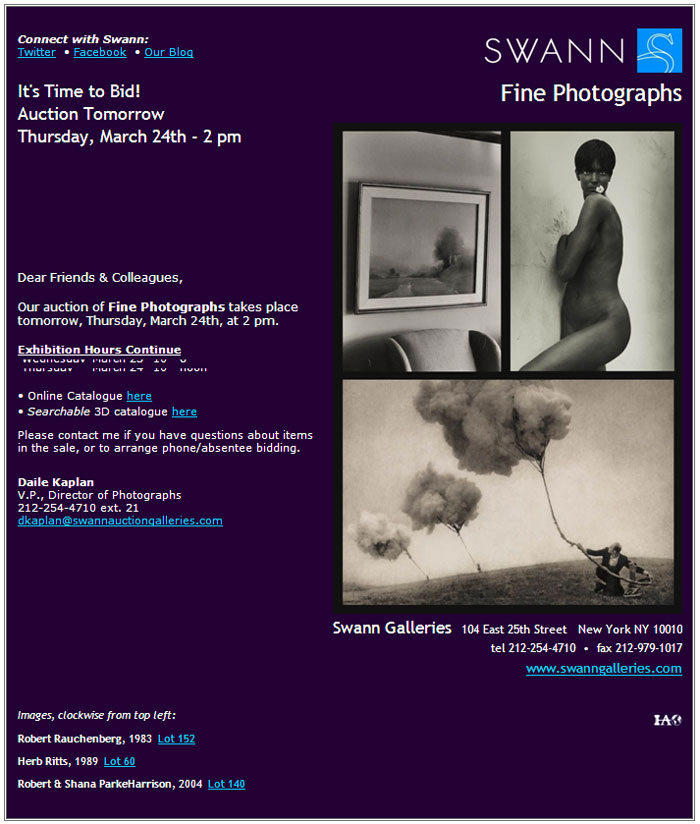Contributed by www.Marks4Antiques.com – a membership-based service specializing in providing identification & appraisal advice on antiques & collectibles.
To find prices and values for Antique Rifles or Firearms and Militaria or Civil War collectibles of all types or styles and periods, please visit Values4Antiques.com service to search through millions of auction records to compare with yours.
The best of smooth-bore Muskets of colonial and Revolutionary days were the Charleville muskets of France. From 1717 to 1777, they were constantly being improved. French muskets previous to the model 1763 were extensively used by French troops in this country and Canada during the early colonial wars, and demonstrated their superiority over contemporary British muskets, which remained practically the same from early colonial times until long after the Battle of Waterloo. After the embargo of 1774, no British arms were allowed here, except for those in the hands of British troops.
The Charleville muskets were made in St. Etienne, Tulle, and Mauberge, besides Charleville itself. The first one, model 1717, measured 62 1/2 inches, with a barrel length of 46 7/8 inches, the barrel being secured by four pins and one iron band situated a third of the way from the muzzle to the vent hole. This model had a walnut stock made with a high comb; round sling swivels mounted on the left side, one at the band and the other in an eye in the stock Just to the rear of the side plate; a flat lock plate, with the rear edge oval; and a thin butt plate secured by pins and a screw. All mountings were of iron. An iron strap or tenon connected the frizzen screw with the frizzen spring screw – a unique feature in this lock. The hammer was flat and goose-necked, with beveled edges. The ramrod was of wood.
The next Charleville was the model 1728, the measurements of which were the same as the model 1717. The rear of the barrel was finished off with eight flat faces, the top one extending to within six inches of the muzzle, the others each five inches in length. A rigidity stud on the under side of the barrel extended into a notch in the stock. The barrel was secured by three bands, the upper one with two rings over the barrel and a spring to the rear, the middle one with a projection on the under side. All the fittings of the model 1728 were of iron and of light construction to guide the ramrod, held by friction. The lower one, also held by friction, was beck shaped at the bottom. The lock plate, flat-faced with a point to the rear, measured 6 1/2 inches by 2 3/8 inches. The hammer was flat and goose-necked, and the jaw screw was notched. The walnut stock, of rather light construction, had a deep comb and a decided drop.
All the fittings of the model 1728 were of iron and of light construction. The iron pan had three flat faces, a fence at the rear, and a tenon to the frizzen screw. The trigger guard was 11 5/8 inches long and finished with ball points at the ends. The lower swivel ring was secured by an eye in the left of the stock just to the rear of the side plate, the upper one by the middle band. The ramrod of the 1728 and all succeeding models was of iron.
The next model, the 1746, was much the same as the one preceding, except that the rear of the barrel was octagonal, the rear of the lock plate convex, and the muzzle band shorter.
The model 1754 was a great improvement over preceding weapons. The total length was reduced to 56 inches and the barrel length to 41 inches, with a uniform weight of 10 1/4 pounds. Officers’ guns were still further reduced to 7 pounds, with a total length of 54 inches. Oval sling rings were placed under the stock, one at the trigger guard and the other at the middle band. The muzzle band was greatly lengthened, and all three bands were spring fastened. The hammer remained flat-faced and goose-necked.
The next model, the 1763, has been called the Lafayette musket, owing to the fact that he supplied several thousand to our forces at his own expense during the Revolution. This model was selected as the pattern for our Springfield muskets, model 1795. The length was 59 5/8 inches, and the barrel, which was 44 3/4 inches long, was secured by iron bands, all spring fastened at the rear, with sling swivels placed as on the preceding model. There was a flat face on each side at the rear. The lock plate was 6M inches long and flat-faced, and the hammer was flat with a reinforced under jaw that was much stronger than the goose-necked varieties. The regular bayonet for this musket was in advance of its time; it was of the contemporary socket variety with a three-sided blade, but it was secured by a locking band.
Only minor improvements were made in the models following the 1763 – the 1766, 1768, 1770, 1771, 1773, and 1774 – and very few if any were used here. But the model 1777 was the best smooth-bore musket of its day. It had a caliber of .69, and its superiority was due in part to the greater exactness of the caliber and the closer fit of the bullet. The total length was 60 inches and the barrel was 44S8 inches. This weapon was used by the French infantry in the Yorktown campaign.
In this model there were five short flat surfaces at the breech end of the barrel, which was secured to the stock by three iron bands with springs to the rear. Oval sling swivels were secured to the under side of the middle band and in an eye just forward of the trigger guard. The lock plate had an oval surface with beveled edges forward; the hammer was oval, instead of flat as in previous models, and had a reinforced under jaw; and the frizzen was made with a slight bend forward at the top.
Two features of the model 1777 Charleville were adopted in U. S. muskets. The cheek recess, 3 5/8 inches by 2 inches, on the left side of the stock was used in the U. S. musket model 1812; and the improved pan of brass, set at an angle tilting forward, with no fence at the rear, was adopted in the U. S. musket model 1822.

